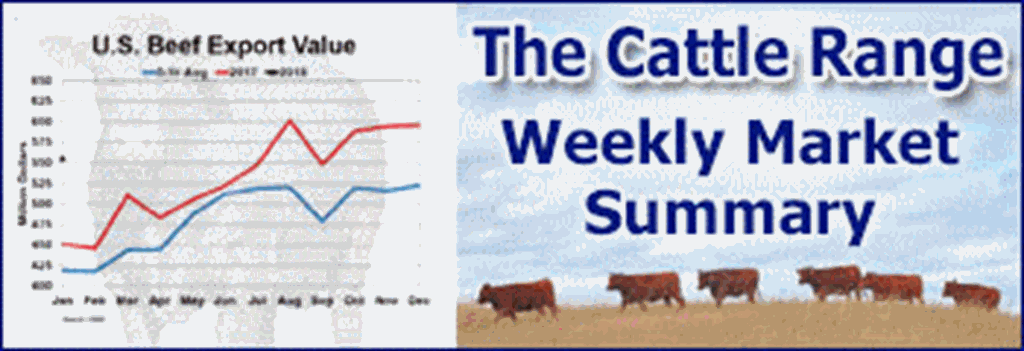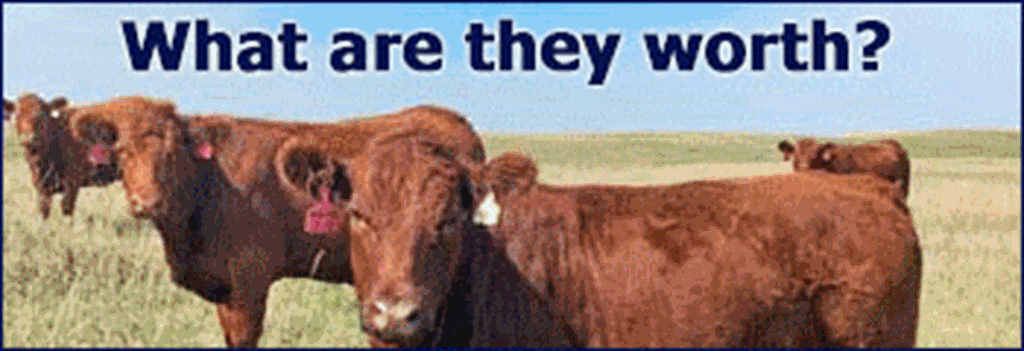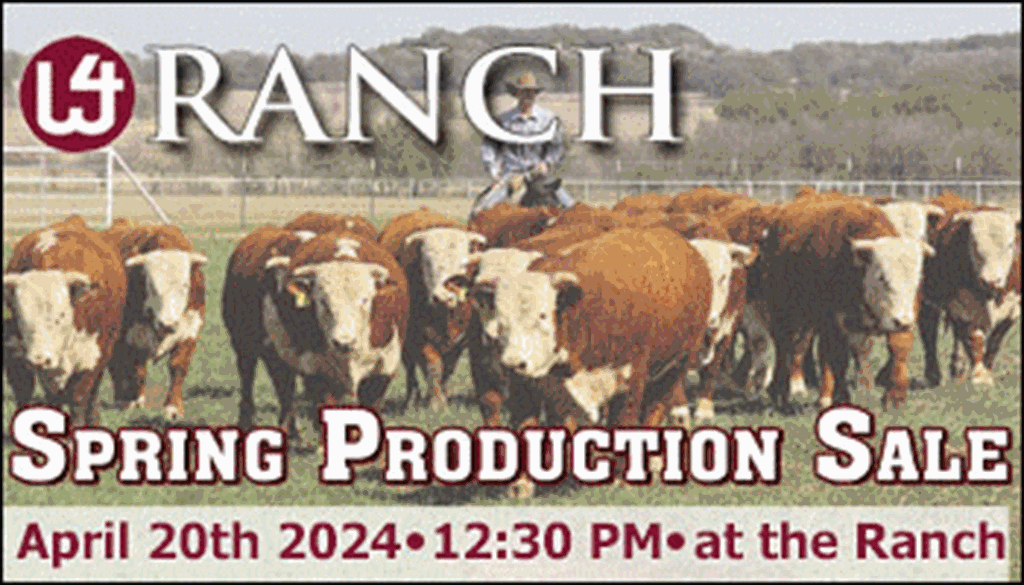One-Third of Net Farm Income will come from Government Aid, down from last year but larger than average.
Net farm income, a broad measure of profits, is estimated to have increased by $15.5 billion (19.6 percent) in 2020 relative to 2019 and is forecast to increase by another $18.5 billion (19.5 percent) in 2021. Forecast at $113.0 billion in 2021, net farm income would be at its highest level since 2013 and 20 percent above its 2000–20 average of $93.9 billion when prior years are adjusted for inflation. In inflation-adjusted 2021 dollars, net farm income is forecast to increase by $15.0 billion (15.3 percent) in 2021 from the previous year.
Net cash farm income, which increased by $4.0 billion (3.7 percent) in 2020, is forecast to increase by $23.8 billion (21.5 percent) to $134.7 billion in 2021. When adjusted for inflation, net cash farm income is forecast to increase by $19.8 billion (17.2 percent) from 2020. Net cash farm income in 2021 would be at its highest level since 2014 and 19 percent above its 2000–20 average of $111.4 billion. Net cash farm income encompasses cash receipts from farming as well as farm-related income, including Government payments, minus cash expenses. It does not include noncash items—including changes in inventories, economic depreciation, and gross imputed rental income of operator dwellings—reflected in the net farm income measure above.
Cash receipts from the sale of agricultural commodities are forecast to increase by $64.3 billion (18.0 percent, in nominal terms) from 2020 to $421.5 billion in 2021, driving most of the increase in both net income measures. Total crop receipts are expected to increase by $37.9 billion (19.7 percent) from 2020 levels following higher receipts for corn and soybeans. Total animal/animal product receipts are expected to increase by $26.5 billion (16.0 percent) with increases in receipts for hogs, cattle/calves, and broilers.
Lower direct Government payments and higher production expenses in 2021 are expected to only partially offset higher cash receipts. After increasing by $23.2 billion (103.5 percent) in 2020 relative to 2019, direct Government farm payments are forecast to fall by $17.7 billion (38.6 percent) from $45.7 billion in 2020 to $28.0 billion in 2021. The expected decrease is largely because of lower supplemental and ad hoc disaster assistance for COVID-19 relief in 2021 compared to 2020. Total production expenses, including operator dwelling expenses, are forecast to increase by $26.1 billion (7.3 percent) to $383.5 billion (in nominal terms) in 2021. Spending on nearly all categories of expenses is expected to rise.
Average net cash farm income for farm businesses is forecast to increase by $10,000 (11.9 percent) to $93,700 per farm in 2021. However, the regional average net cash farm income outlook is mixed. For farm businesses in the Heartland, Northern Great Plains, Prairie Gateway, Eastern Uplands, and Mississippi Portal average net cash farm income is forecast to increase in 2021, but decline in the Northern Crescent, Southern Seaboard, Basin and Range, and Fruitful Rim. Farm businesses specializing in hogs and corn are expected to see the largest growth in average net farm income in 2021; farm businesses specializing in dairy, cotton, and specialty crops are expected to see a decline in average net farm income in 2021.
Farm sector equity is forecast up by $80.0 billion (2.9 percent) to $2.81 trillion (in nominal terms) in 2021. Farm assets are forecast to increase by $79.0 billion (2.5 percent) to $3.25 trillion in 2021, largely reflecting anticipated increases in the value of real estate. Farm debt is forecast to be relatively unchanged in 2021, decreasing by $1.0 billion (0.2 percent) to $443.9 billion (in nominal terms). While real estate debt is forecast to increase in 2021, non-real estate debt is forecast to decline. The farm sector debt-to-asset ratio is expected to fall from 14.02 percent in 2020 to 13.64 percent in 2021—the first decline since 2012. Working capital, which measures the amount of cash available to fund operating expenses after paying off debt due within 12 months, is forecast to increase by 13.8 percent from 2020. When adjusted for inflation, farm sector equity and assets in 2021 are forecast to decline by about 1 percent from 2020.














